Comparing armored and non-armored types of cable, the biggest difference can be seen in application, durability and resistance to physical damage.
As a result of the rapid development of optical communications, an increasing number of fiber optic cables are used in a variety of different configurations.
What if there were difficult conditions? In this case, it is absolutely essential to ensure that the data transfer over your wires is both smooth and reliable.
When it comes to gaming, armored cable is used for this purpose.
The name armored cable refers to the fact that it is protected against mechanical damage, unlike unarmoured cable, which does not.
What really distinguishes them from each other? The question is, why should we use armored cable instead of unarmored cable? The answer may be in this post.
There is a widespread misconception that armored cables can only provide protection in the form of metal. It can be fiber yarn, glass yarn, polyethylene yarn, or any number of other types. To be clear, the material used for armor does not always have to be metal.
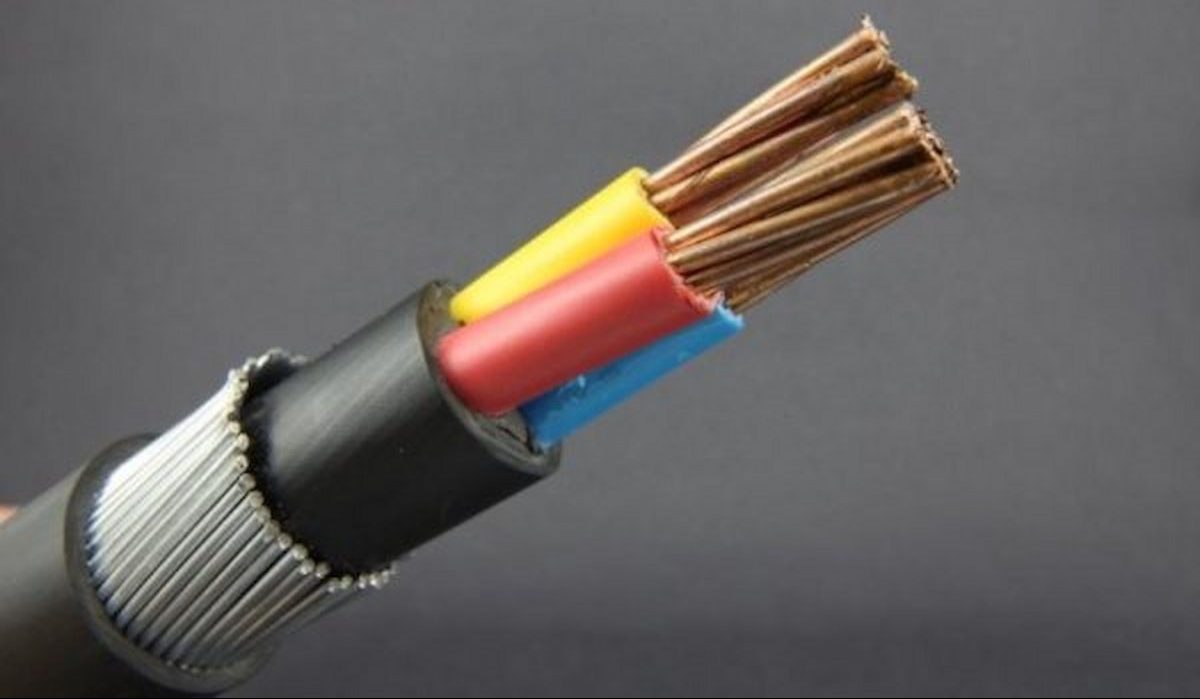
The fact that armored cable includes an additional outer layer of optical cable protection is the only thing that distinguishes it from unarmored cable.
Unarmored cable does not have this layer. Compared to unarmored cable, the cost of four-core armored cable is often higher.
However, steel tape and aluminum armored cable cost significantly less than Kevlar armored fiber cable, which is usually reserved for exceptional circumstances.
A look at the armored cable
A cable that is armored has an extra layer of protection that prevents it from being cut or frayed by wear and tear. The armor layer of a coaxial cable consists of a foil sheath that is ribbed in a manner similar to corrugated metal to allow for flexibility.
A waterproofing compound is wrapped around the inside and outside of the cable to prevent moisture from penetrating the cable and causing damage.
To protect the cable from damage, a four-core armored cable has a complex internal structure consisting of several layers.

Protection against rodents, wear and tear is provided by the outer jacket, which is usually made of plastic. Armored materials, which mostly consist of Kevlar, steel and aluminum foils, have the main purpose of preventing the armored cable from stretching during installation.
Structure
It is possible that many people believe that armored cable is only metal for protection. To be more precise, the material used for the armor should not be metal. It may be fiber yarn, glass yarn, polyethylene or any number of other materials.
The only thing that distinguishes armored cable from unarmored cable is that the former has an additional outer protective covering for the optical cable.
This is the only difference between these two types of cables. Armored cable with steel and aluminum tape is significantly cheaper than Kevlar-armored fiber cable, which is usually reserved for exceptional conditions, and more expensive than unarmored cable with four cores.
Armored cable with four cores and Kevlar is usually reserved for exceptional conditions.
Application
As an alternative to conduit, armored cable can be used in locations prone to mechanical damage, such as exterior walls.
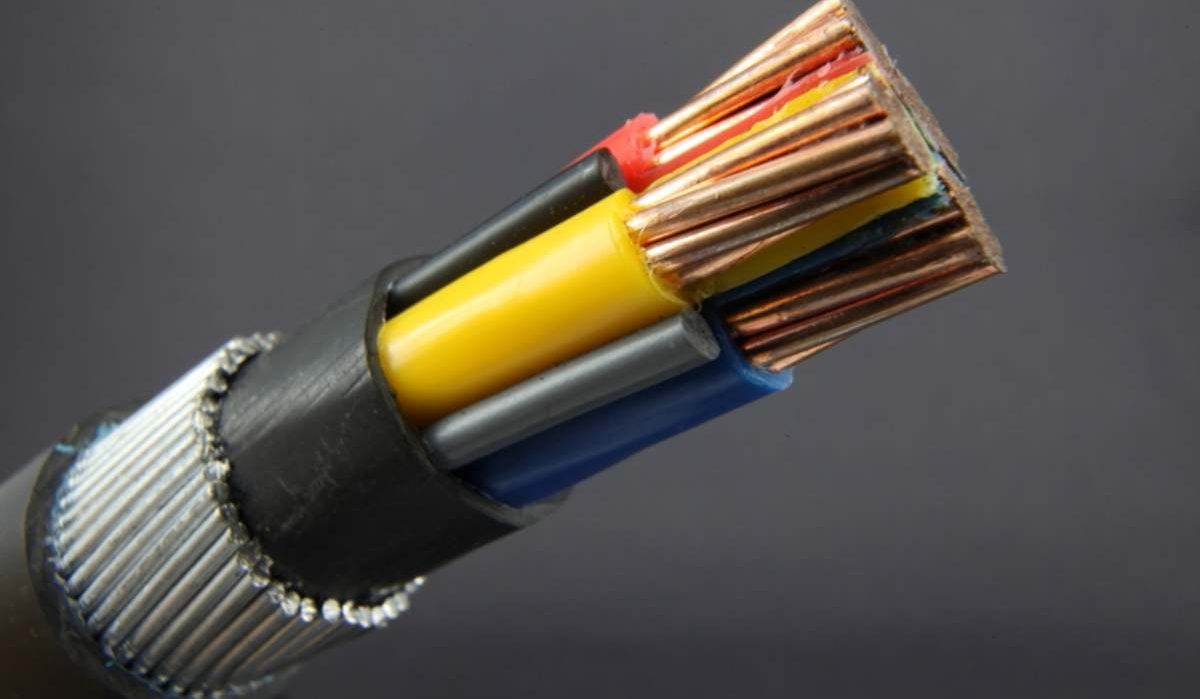
The electrical continuity of the safety ground is maintained by the armored cable, which usually consists of a thin metal strip. (You can’t rely on the continuity of the conduit, so you must run a separate ground wire in the flexible conduit as well.)
It is recommended to use four-core armored cable for high and low voltage distribution.
Unarmored power wire, which is less expensive, can be placed inside walls and other protected places instead of armored power cable. Control systems are the most common application for unarmored wires.
Why should you choose armored cable instead of armored cable?
Armored cable should be used for more than one reason and the reasons are as follows: The most important reason is related to the strength of the cable. In years past, when cables were buried directly underground and not run through conduits, armored cable was used to a much greater extent.
Since conduits must be trenched before installation of network components in most modern local municipalities, the use of unarmored cable is no longer necessary in most applications.
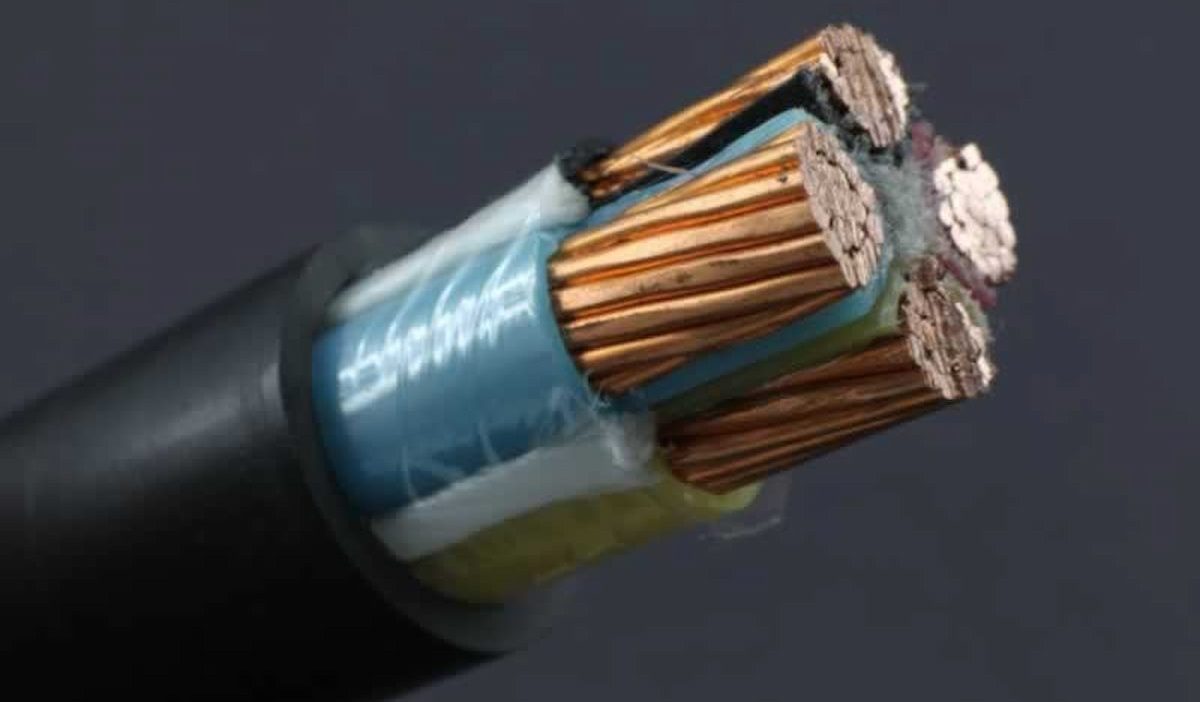
Second, animals and rodents are able to chew through the wire. Therefore, the armor protects the cables from damage caused by animals or shoveling in applications that involve direct burial.
Third, although this is the least important reason for its use, the shield, when grounded, can provide an additional layer of RF protection in a location that contains an outdoor RF signal strong enough to interfere with your network. to be
Result
The term “armored cable” refers to a type of reinforced cable that is more resistant to wear and tear than ordinary optical cable.
Because 4-core armored cable offers unmatched protection against physical damage without compromising the flexibility or performance of fiber networks, it is an excellent addition to any fiber network located in a potentially hazardous area.
We offer a wide range of wires and cables with our product pricing policy in line with global market prices.
You can easily contact us and be sure that you will get a relatively lower price than the market. So, fill out the application form, let us know what you need and we’ll get back to you in no time.

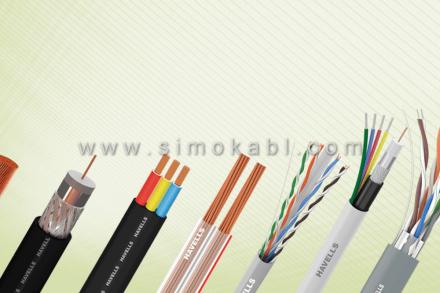
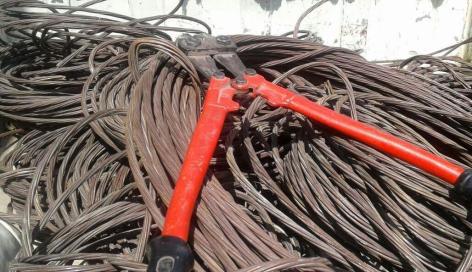

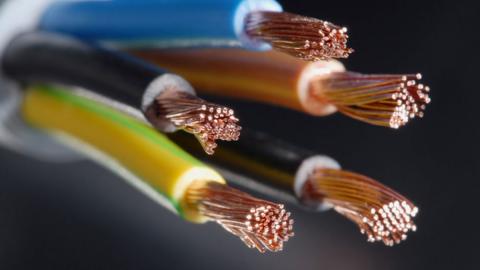
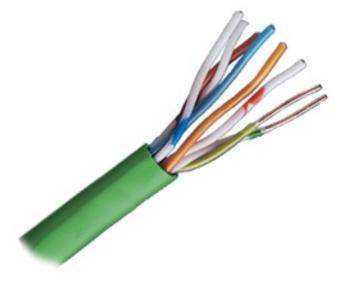
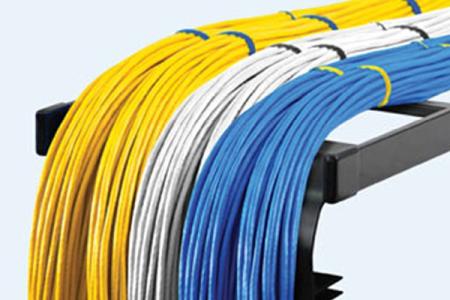
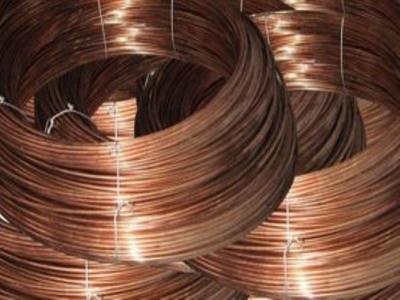

Your comment submitted.